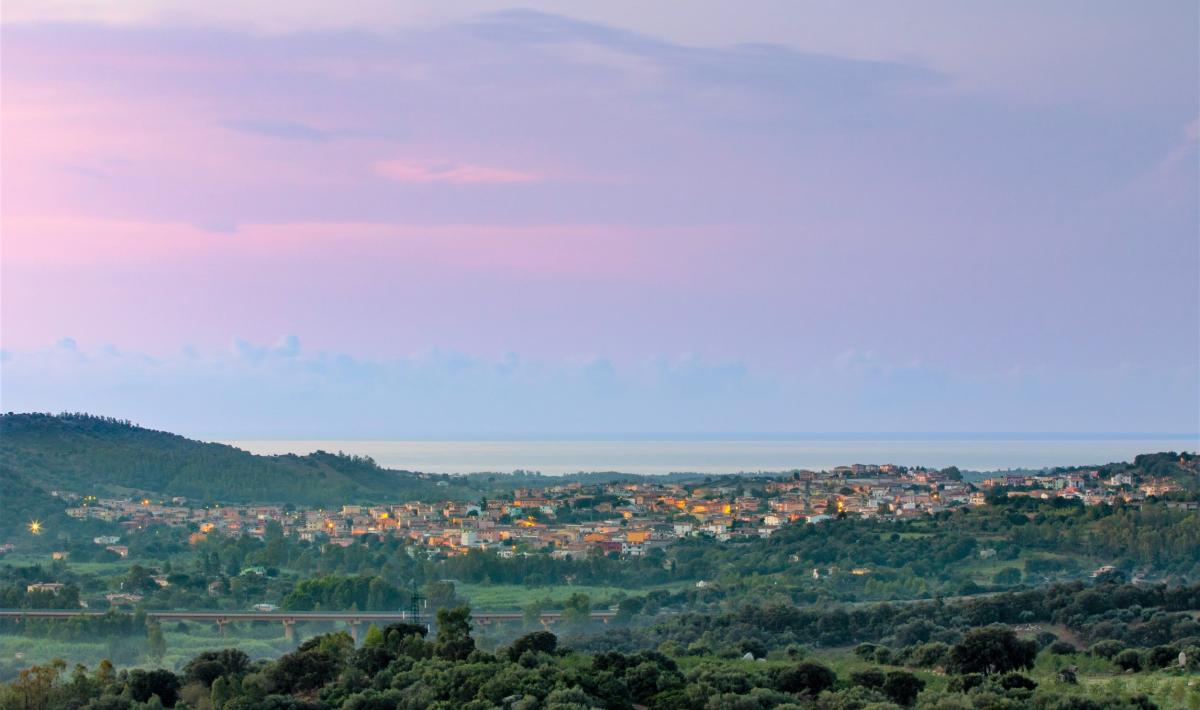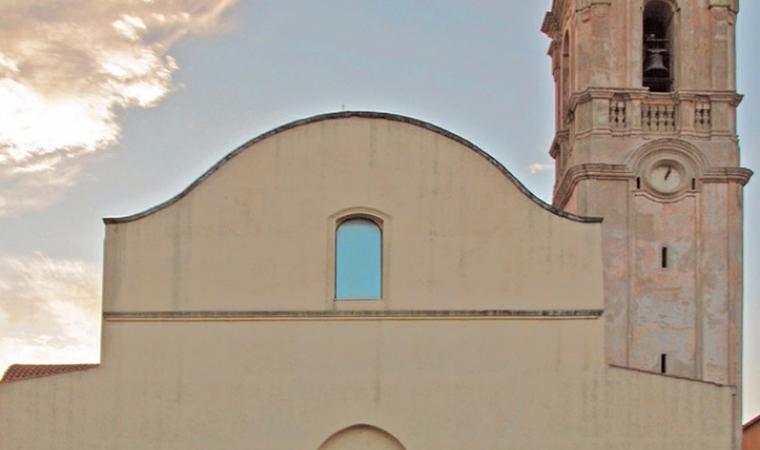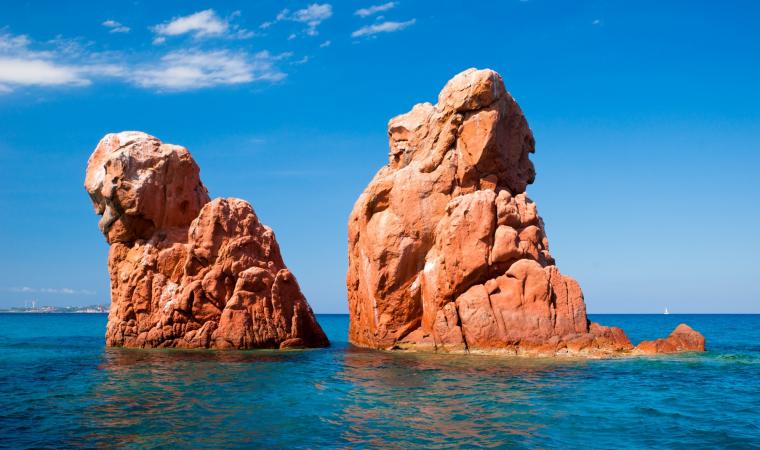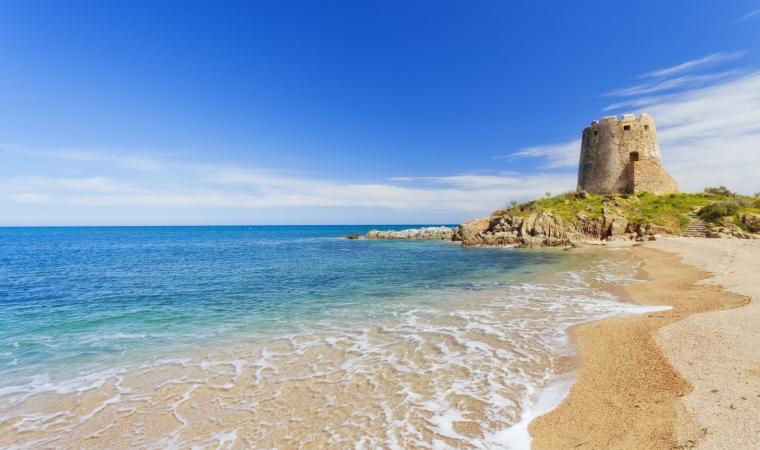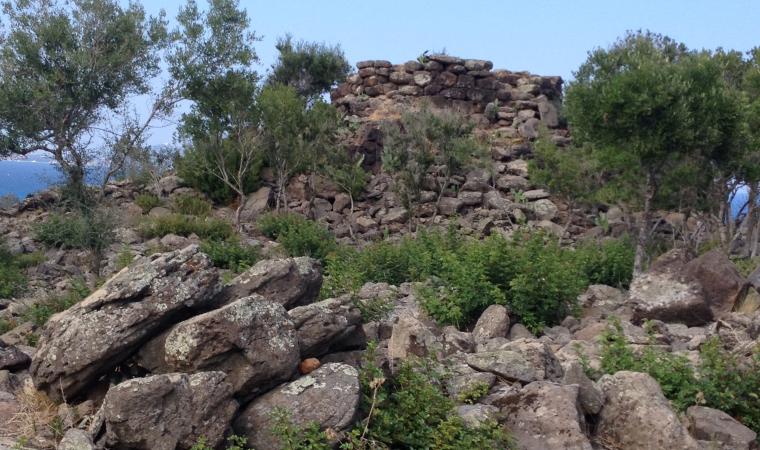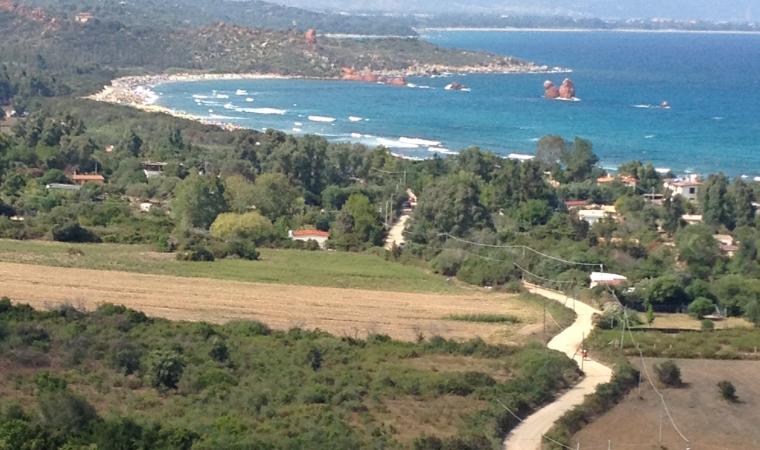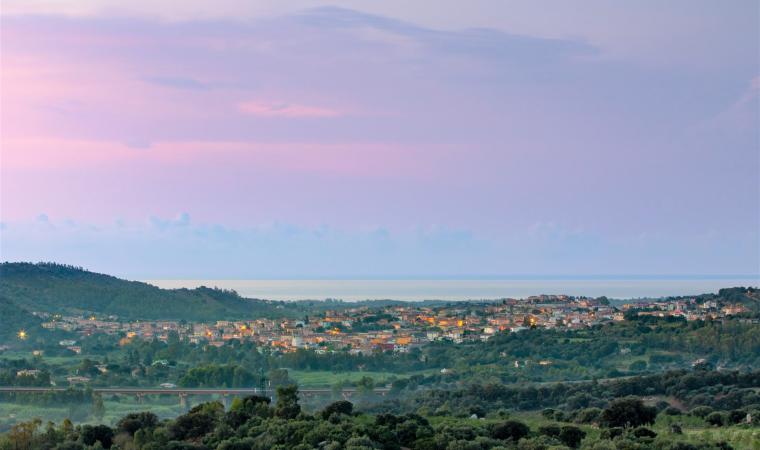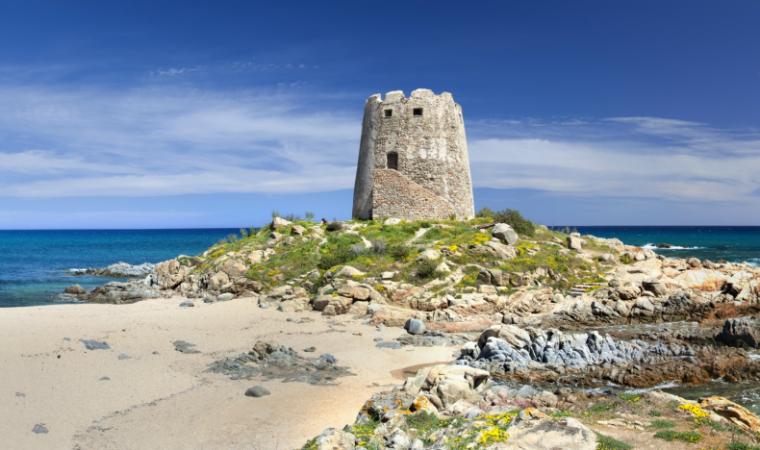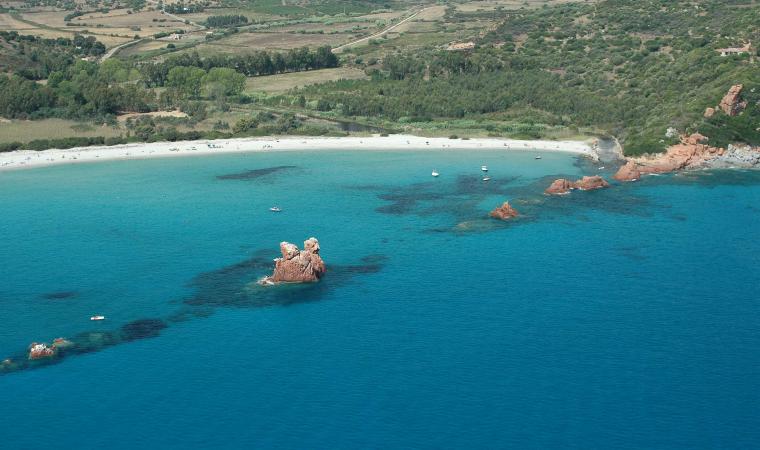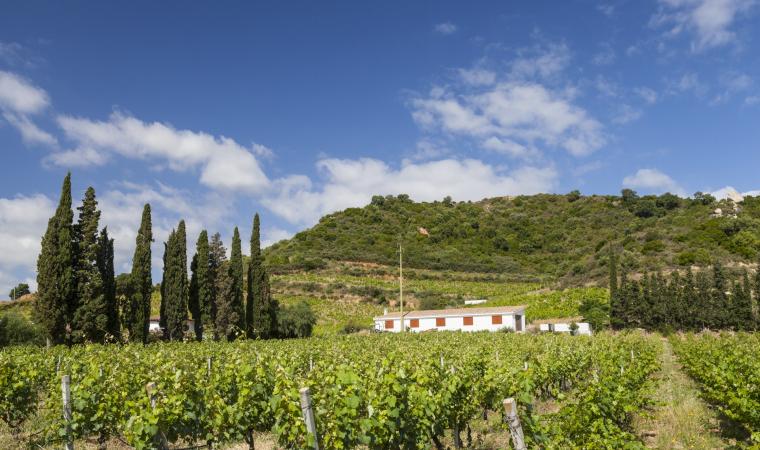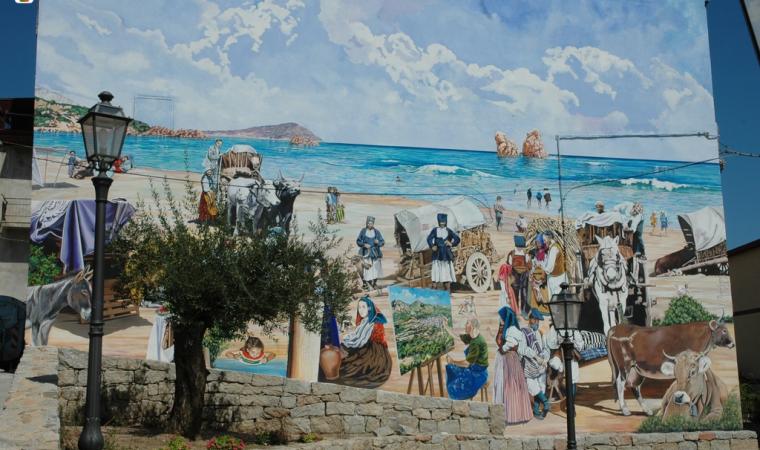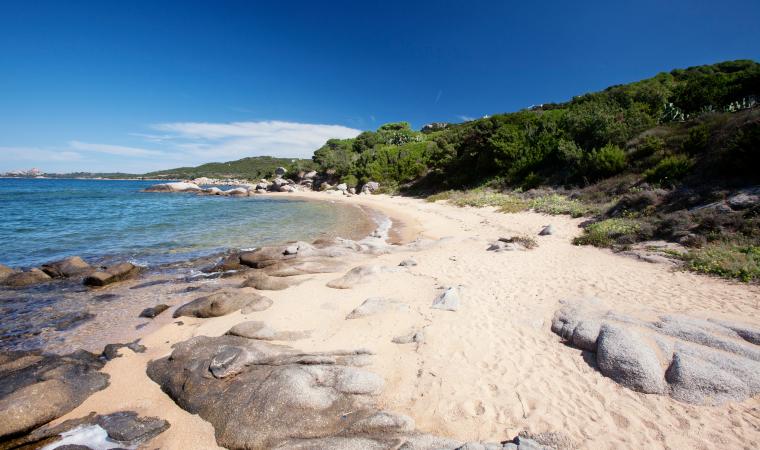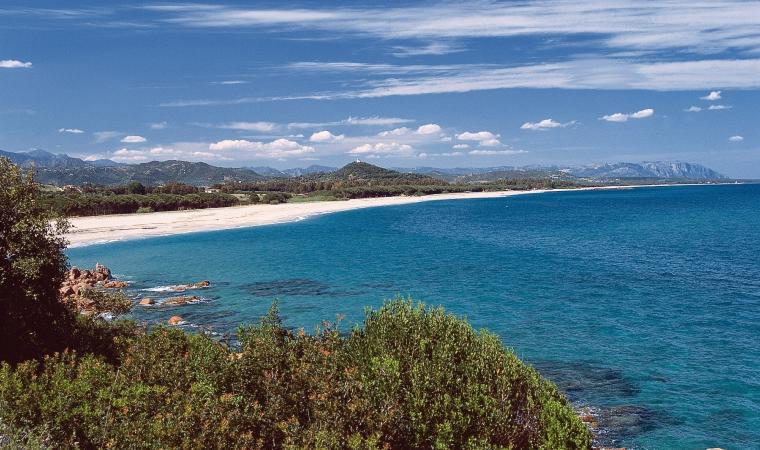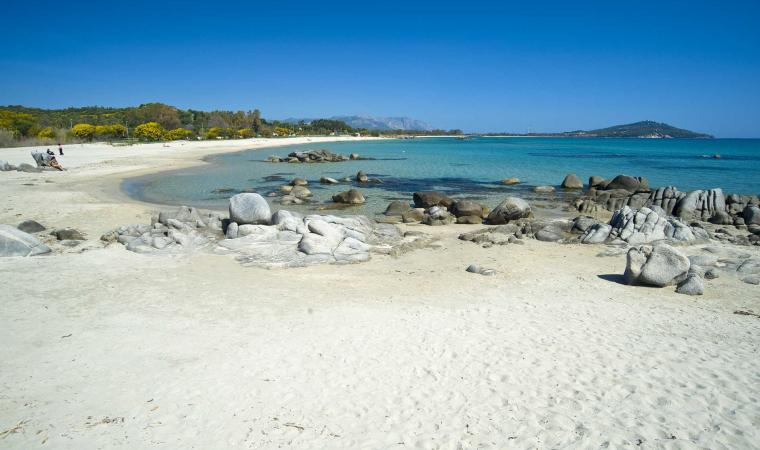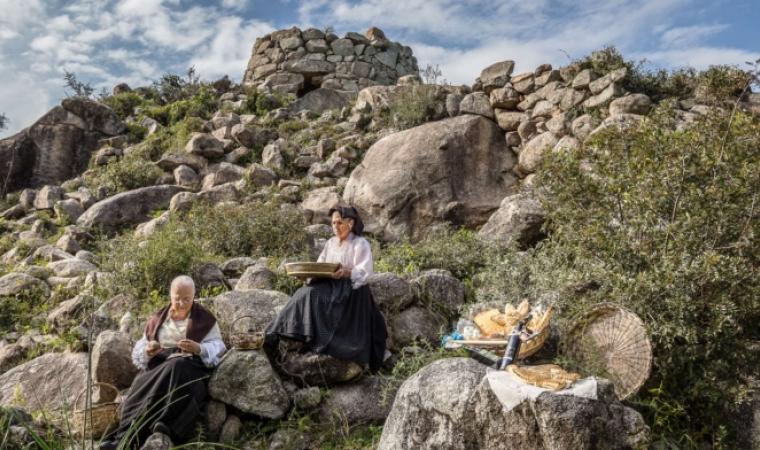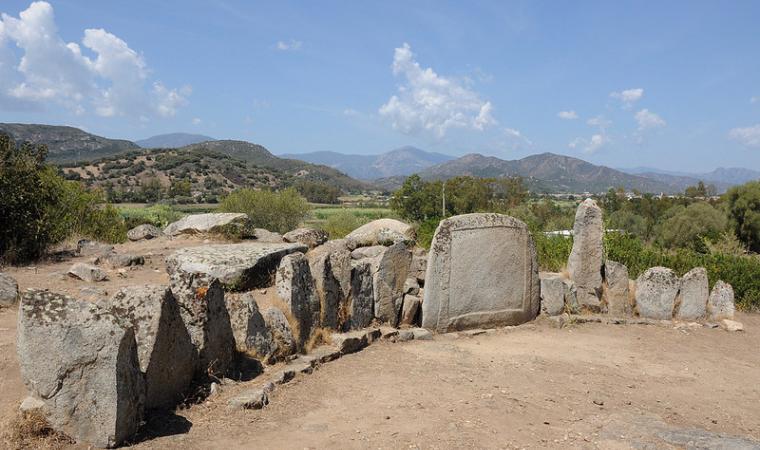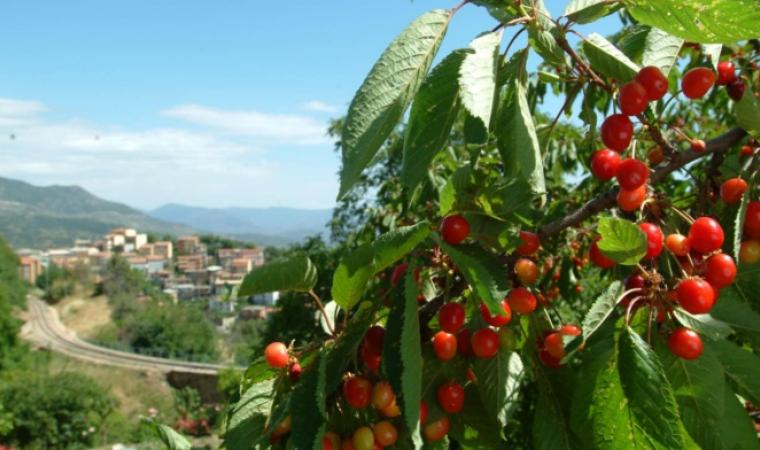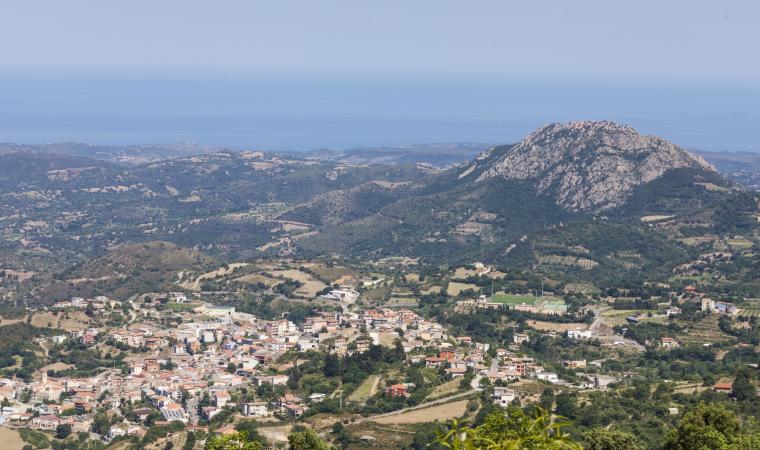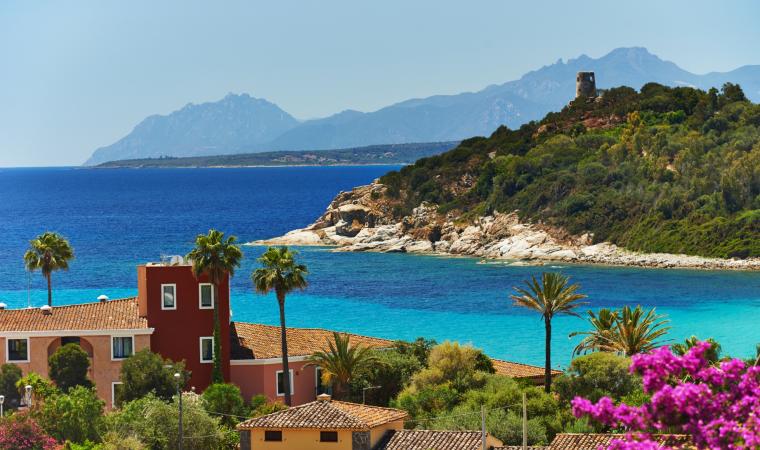The name of this town dates to 1862, when King Vittorio Emanuele added ‘Sardo’ to what was then simply Barì to avoid confusing it with the capital of Apulia of the same name. Bari Sardo sits surrounded by hills covered by vineyards and orchards on the lovely basaltic high plain of Teccu ‘e su Crastu. It is renowned for its textile crafts: rugs, tapestries, blankets and linens. The town’s origins date to the High Middle Ages, when people moved here, four kilometres inland from the coast, to escape the incursions of Vandals and Saracens. The area of Barì was under the jurisdiction of Cagliari until 1258, when it was annexed first by Gallura and then by the Republic of Pisa. In 1324 it was encompassed into the Kingdom of Sardinia and then, in 1861, became a part of the Republic of Italy. Some four thousand people live here today.

